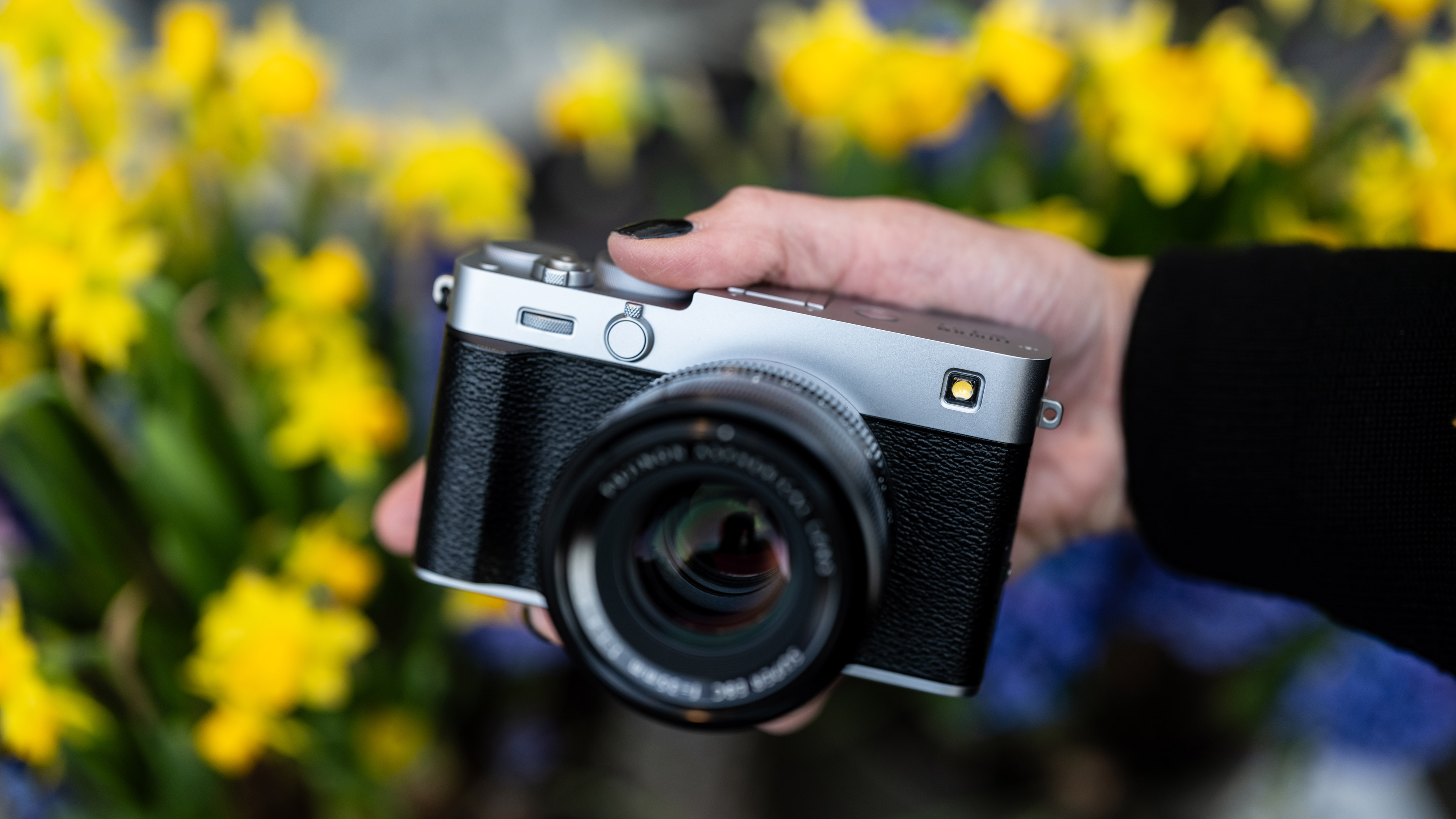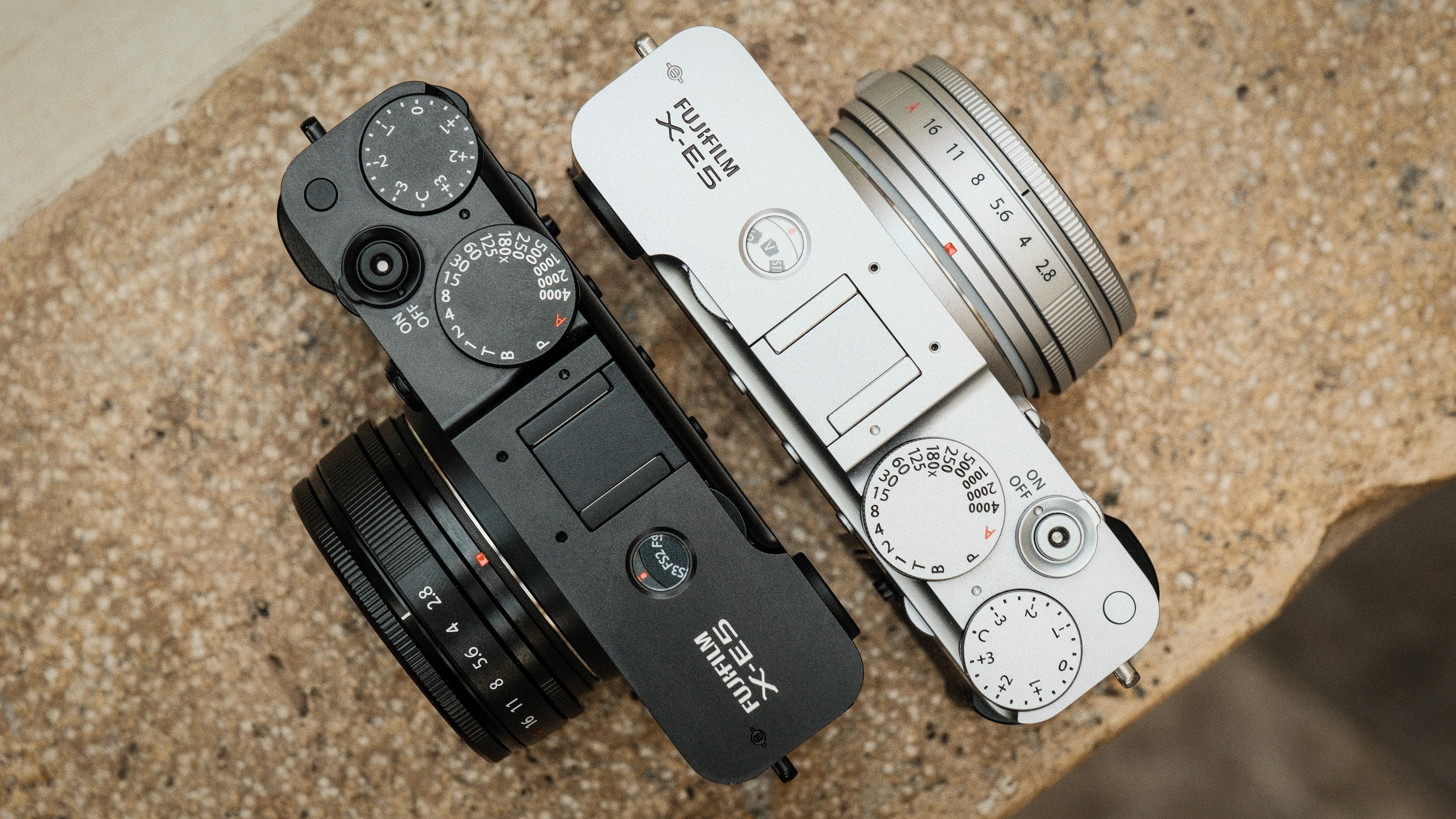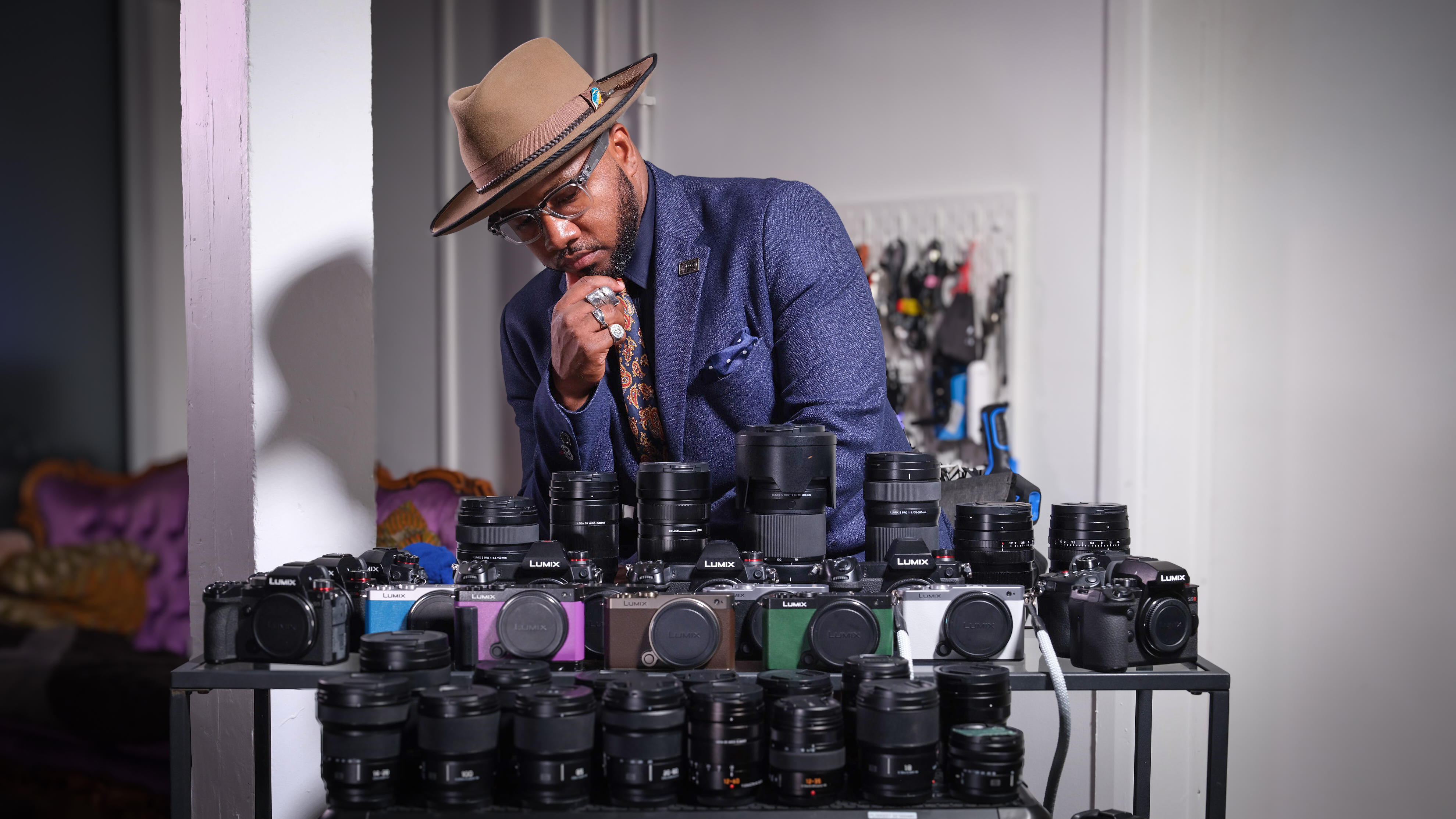The trendy Fujifilm X100VI just got more expensive, but the Fujifilm X-E5 did not – and frankly, I think it’s the better choice
While Fujifilm has increased list prices in the US, the price of the X-E5 hasn't changed – is it the better choice over the trendy X100VI?

Fujifilm paused production, shifted some manufacturing away from China, but ultimately the tariffs made it unavoidable: the cost of Fujifilm cameras in the US has spiked.
But while the brand’s best-selling compact camera, the Fujifilm X100VI, has jumped in price, the mirrorless camera that shares the most features with the trendy compact has not – and with only a $100 price difference, the Fujifilm X-E5 is the smaller-size option I would choose instead.
When Fujifilm increased prices in the US on August 01, two cameras notably did not change in price: the Fujifilm X Half and the X-E5. Both cameras are recent launches that arrived amid all the tariff drama, which likely means that the higher cost of US tariffs was already factored into the list price.
But one of the largest jumps, percentage-wise, on the list of price changes for Fujifilm bodies, is the X100VI – moving from $1,599 to $1,799, a 12% increase. (The X-S20 increased by 15%, and two other cameras, the X-T5 and X-T50- also increased by about 12%).
When the X-E5 with its tiny kit lens launched, it did so at a price that was $300 higher than the lookalike X100VI. But, after the tariff price hike, that difference has shrunk down to $100 between the two models.
The price difference in the UK is even slimmer at £50, further evidence that suggests the X-E5 launched with the tariffs already factored into the price.

The popularity of the X100VI – and its subsequent out-of-stock notices – has made X100VI alternatives surge along with the trendy compact camera. But, despite sitting in an entirely different category as a mirrorless camera, the X-E5 is arguably the alternative that shares the most in common with the original compact camera itself.
The best camera deals, reviews, product advice, and unmissable photography news, direct to your inbox!
Part of the X100VI’s popularity is its size and retro looks. The X-E5 is slightly heavier, once you factor in the weight of the kit lens, but I tried the X-E5 at a recent photography show and it felt every bit as retro. In fact, I really loved the new film simulation dial – which the X100VI doesn’t have.
Both the X100VI and X-E5 share the same sensor, processor and autofocus, which means the image and video quality between the two cameras is essentially identical.
The only noticeable differences in image quality between the two are going to be those that stem from the lens. The X100VI has a brighter f/2 integrated lens than the f/2.8 pancake lens that’s available bundled with the X-E5.
But while the X100VI has the brighter built-in lens compared to the 23mm kit lens, the X-E5 isn’t limited to the one that comes with the camera.
If you want something compact, you’re going to want to get the X-E5 with the tiny kit lens. But the interchangeable lens design means you aren’t stuck with that lens – you can pick up a prime with a brighter aperture, go ultra-wide, add a long zoom or pair it with a macro lens.

I understand the appeal of a compact camera that can easily be carried around all day. As a mirrorless photographer, when I switch to a compact camera, it feels like unplugging.
But as much as I enjoy the liberating feel of a compact camera, I have trouble with the idea of paying more for a camera that can do less. That’s not quite the case here, as the X-E5 is slightly more expensive than the X100VI.
Looking at a line-by-line comparison of the X100VI vs the X-E5, though, the X-E5 stands out beyond just the flexibility that comes with interchangeable lenses. The X-E5 has better stabilization, faster burst speeds, and longer battery life for a few extra grams in weight and an extra $100.
The X-E5 isn’t better in every aspect. The X100VI has a hybrid viewfinder that ups the camera’s retro feel. The X100VI can also be weather-sealed if you buy the necessary add-on accessories, whereas the X-E5 is, sadly, not weather-sealed.
That lack of weather-sealing would personally be my biggest hesitation in picking up the X-E5, as I want to be able to shoot in rainy, dusty conditions without wrangling a special cover over the camera.
The Fujifilm X100VI may be the trendiest compact camera around, but the X-E5 is the more flexible camera that carries much of the compact’s looks and features. Personally, I think that flexibility is worth the $100 price difference; photographers that never upgrade from a kit lens may not.
You may also like
Before you decide, read the full comparison between the Fujifilm X100VI vs X-E5. Or, browse the best Fujifilm X100VI alternatives.

With more than a decade of experience writing about cameras and technology, Hillary K. Grigonis leads the US coverage for Digital Camera World. Her work has appeared in Business Insider, Digital Trends, Pocket-lint, Rangefinder, The Phoblographer, and more. Her wedding and portrait photography favors a journalistic style. She’s a former Nikon shooter and a current Fujifilm user, but has tested a wide range of cameras and lenses across multiple brands. Hillary is also a licensed drone pilot.
You must confirm your public display name before commenting
Please logout and then login again, you will then be prompted to enter your display name.
